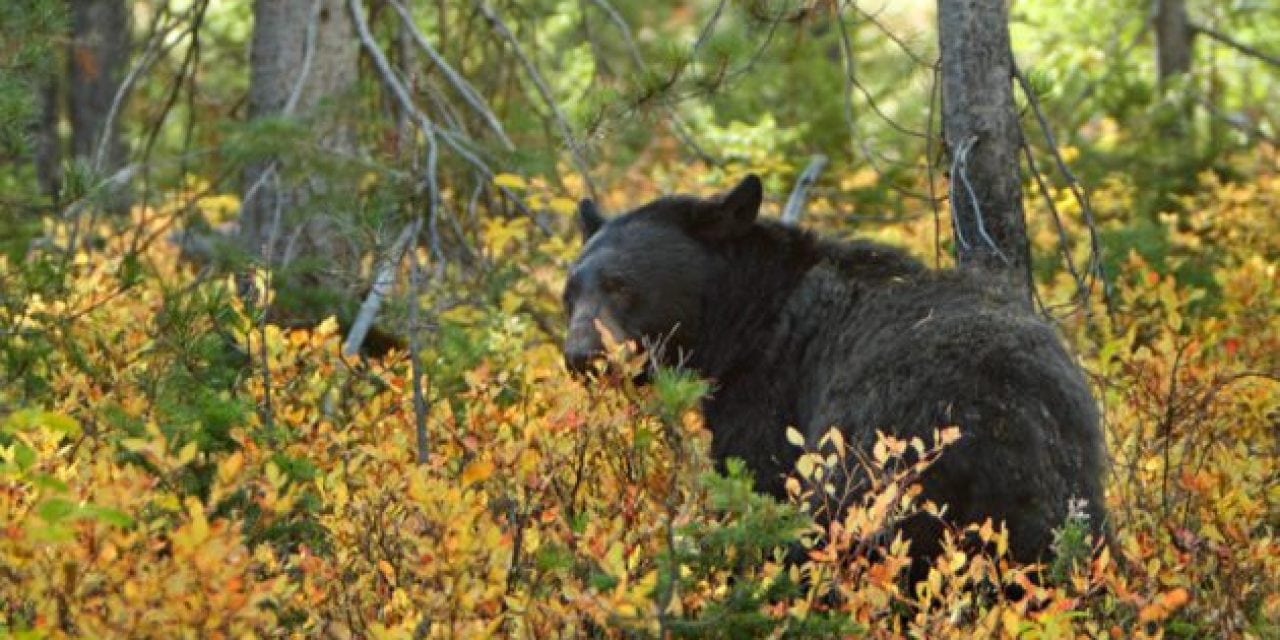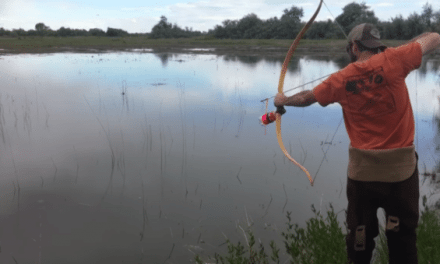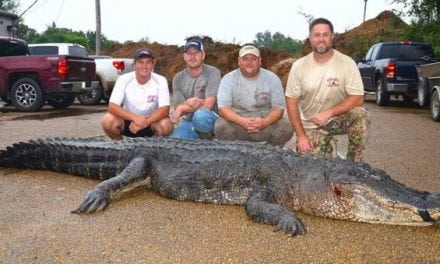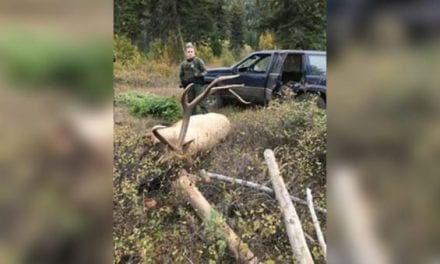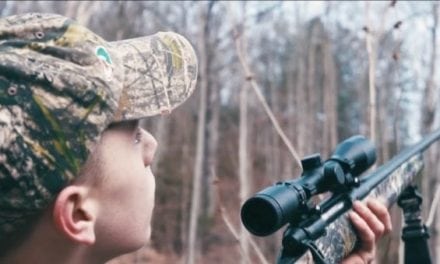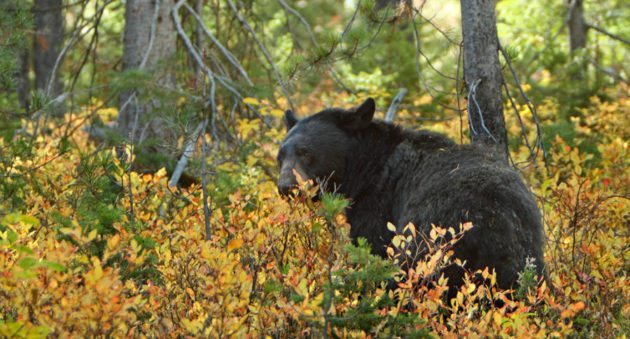
The Minnesota DNR expects this year’s bear harvest to be higher than previously anticipated, in spite of reducing the quota.
For the second year in a row the Minnesota Department of Natural Resources anticipates the state’s black bear harvest to be higher than they previously estimated.
While the state is attempting to increase the bear population by cutting back on issued licenses, they still expect the harvest tally to exceed 2,000 animals, around 200 more than previously anticipated.
Last year’s harvest was 2,641 bears with more than 1,000 sows killed.
“We really thought by cutting back on quotas, we could successfully bring the population up,” said Dave Garshelis of the DNR’s Bear Project. “I haven’t given up on that.”
“It would have been nice to take 600 females this year,” Garshelis said, “We’ll still get an increase in population out of this season because we did OK with females, but it isn’t going to be the rate of population increase we hoped for.”
Garshelis estimates Minnesota’s black bear population to be between 12,000 and 15,000 bruins.
Part of the equation is that as a result of the DNR reducing hunter permits in recent years, hunters are less willing to wait to take a big bear. Many hunters are not inclined to wait four or five years between drawing another tag before taking a bear. They are, however, more willing to shoot smaller bears since permit quotas have been reduced.
“They’re really focused on getting a bear,” Garshelis said. “People want to get a bear if they’ve waited a long time to get this permit.”
But guides and hunters do not necessarily agree that bears are being over-harvested.
When asked if hunters are taking too many bears, bear guide Tim Humphrey, of Aspen Outfitting in Cass Lake, said “I don’t think they’re overharvesting by any means. I’ve seen the population abundant, and I’ve seen it decline. Now, in the last couple of years, there’s been an increase in the number of bears in the woods.”
“If you make them wait four or five years for a bear, they’re not going to wait for trophies,” Humphrey said. “But the big bears are there.”
It is the harvest of female bears (sows) that is of most concern to the DNR. And harvested collared sows are a particularly detrimental loss to the DNR.
Five of twenty-three collared bears were killed this fall in the Chippewa National Forest. Three of those five were sows (six sows total were collared).
Sows are more difficult to trap than males, and are also less likely to come into bait. They’ll be tough to replace, said Garshelis.
“We are disappointed about the collared bears that were killed,” Garshelis said. “Three were females that would have had cubs this year.”
Minnesota’s bear season runs from Sept. 1 through Oct. 15.
Like what you see here? You can read more great articles by David Smith at his facebook page, Stumpjack Outdoors.
NEXT: Black Bear Attacks Man, He Stabs it With an Arrow Until it Leaves Him Alone
The post Minnesota Black Bear Harvest Will Be Higher Than Expected appeared first on Wide Open Spaces.

